I believe decentralization with an emphasis especially on Bitcoin, is the future of all industries.
It’s going to take time, but there are inherent benefits to consumers that can only be achieved through decentralization, and I believe we’re trending in that direction slowly but surely. There’s a huge amount of education that needs to take place before this can become a reality, but a lot of work is being pioneered in this space in so many different ways.
However, competing with the behemoth that is Google is a whole different animal.
But that’s what I was hired to help with.
I was hired by a team of founders to lead a redesign of WMB.
The site was designed to be a video monetization platform a la YouTube – except instead of ads shown by the platform, content is pay-per-view.
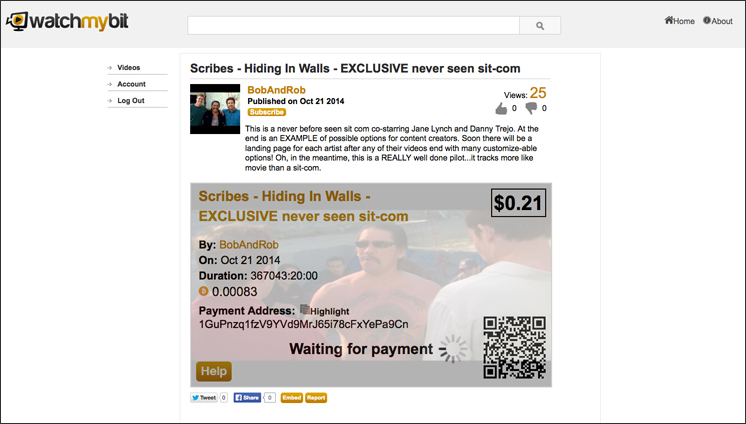
The hypothesis of the founders behind WMB was that:
- Many consumers find advertisements on videos annoying
- The divisible nature of cryptocurrencies lends itself to micropayments
- Large media platforms (mostly YouTube) are taking advantage of creators by not allowing them to monetize their content freely, or for enough money
So their natural inclination was to create a video sharing platform that was not supported by ads, but rather by paywalls, with the vast majority of earnings going directly to creators and facilitated by Bitcoin micropayments.
Although the goals were valiant, I personally believe there were some underlying issues to this premise.
In my opinion, which I believe is backed up by the data:
- Ads are not that bothersome to the user
- Although most viewers might agree that independent content creators should be well compensated, they don’t necessarily believe this compensation should come directly from viewers, i.e. viewers have to pay to watch content that in an analogous context is generally viewed for free…
- Especially if that compensation is in the form of an appreciable asset such as Bitcoin
- which by nature also currently involves a complex transaction
WMB isn’t necessarily competing directly with YouTube. It was designed as a place with a focus on premium content. Specialty videos from experts on subjects (think TED talks), high end content creators for premium podcasts, and independent film producers, for example, were the target demographic for creators on the platform.
So my job was to redesign the platform with a more modern aesthetic and better tools that would appeal to the market and address some of these issues.
The first thing I wanted to change was the background color of the pages. I wanted a more premium feel, like Netflix, so I thought a dark background could differentiate us from YouTube and position the videos as more premium content.

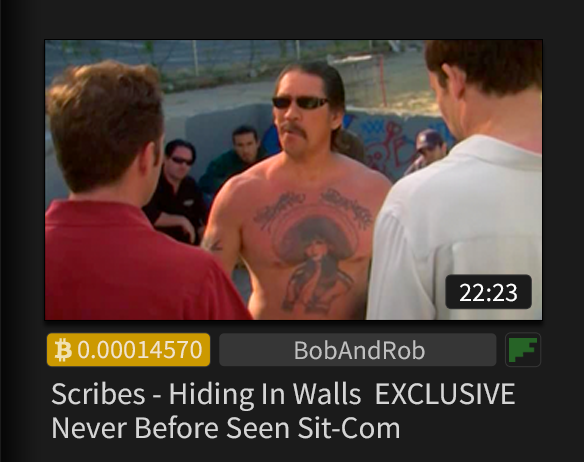
Making Negative Associations Fun
One of my tasks involved designing a functional and “fun” paywall.
Paywall.
Just the term is so anti-User Experience. User experience is supposed to be positive.
Who likes to pay? Who likes walls around things they want to access?
Yuck.
I wanted to get away from the name “paywall” so – at least internally – I referred to my design as the “ticket booth.”
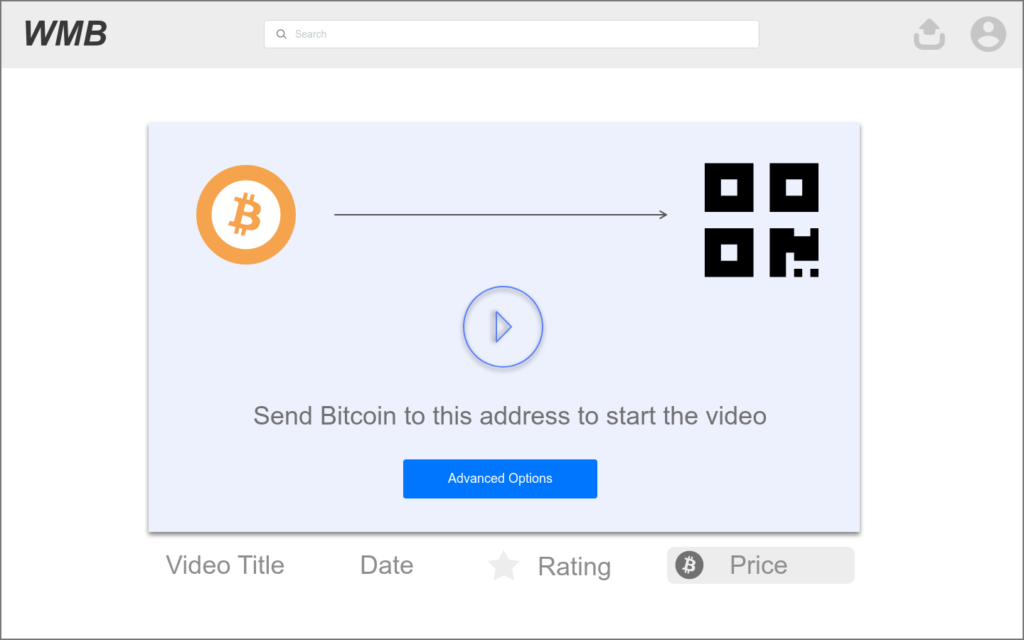
So I used some animation to create some excitement around this task. When a user arrives on a video page, they see a short preview loop of the video in the background (chosen by the content creator) overlaid with a payment interface. As soon the user initiates a Bitcoin transaction, a short animation fires to display feedback for the confirmation, then the whole interface lifts away and the video beings to play with playback controls. It was important that this animation was very short and focused so that users aren’t annoyed by it, but clear enough to be understandable and provide a positive experience.
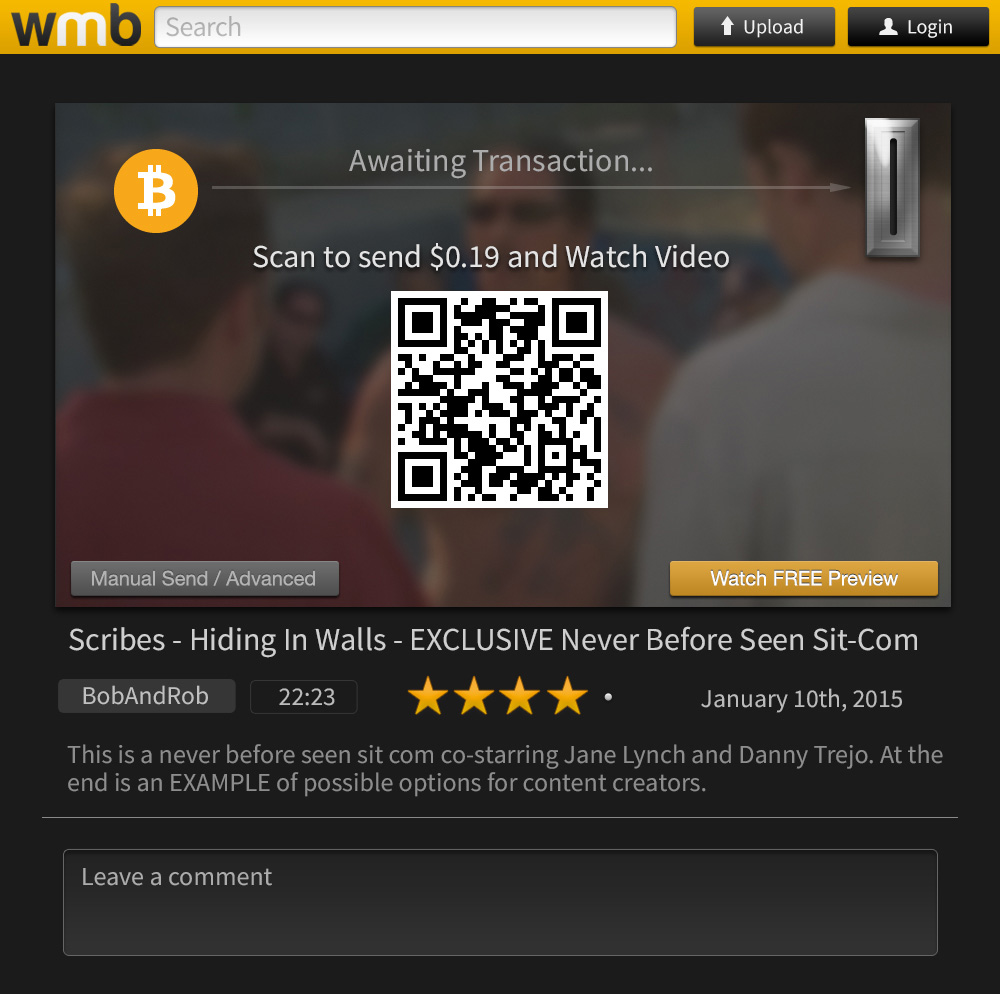
Yes, that’s Danny Trejo
Unique Features
One of the selling points of WMB was that it allows creators to partner with other account holders such as producers, actors, other people involved in a video’s production. Rather than go through complex bookkeeping and payroll processing, a user could set up a disbursement scheme called a “Split” and automatically have revenue split between the parties of their choosing.
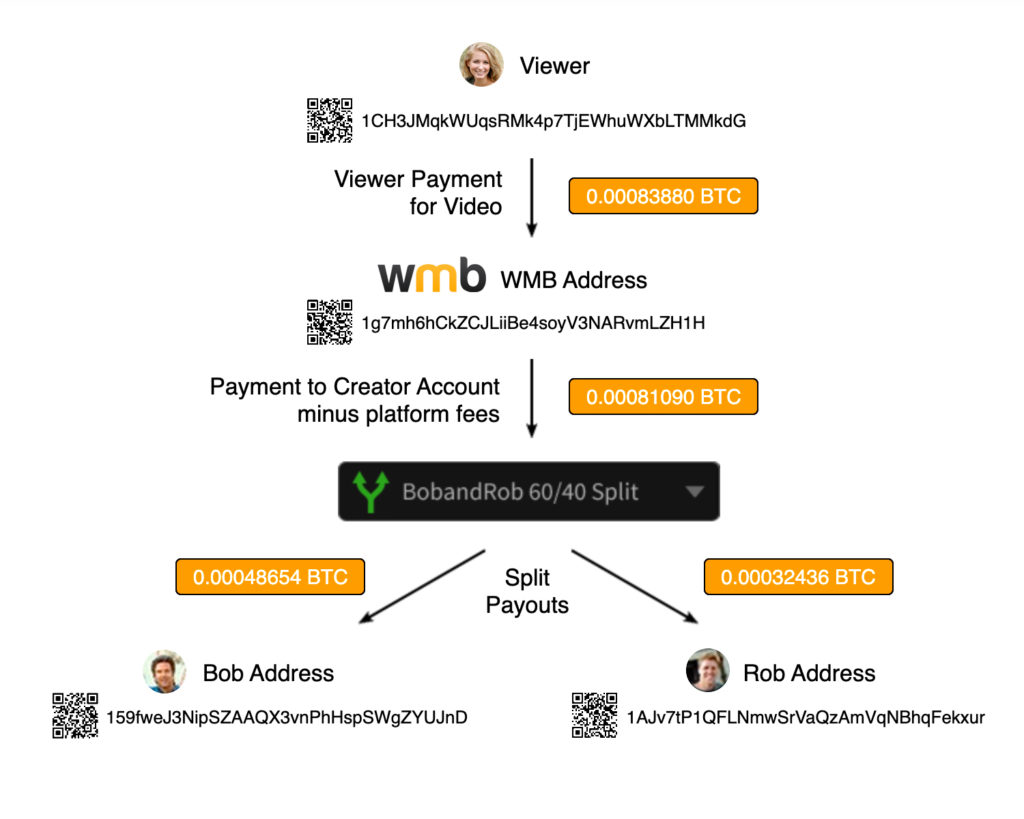
The founders were intent on this feature, but they didn’t have a good way to implement it on the front end.
So I designed a simple to understand interface to enable users to take advantage of this great feature.

a precursor to a smart contract.
The interface and functionality works great.
But we ran into problems with the microtransactions. The network cost of sending all these microtransaction payments was eating into everyones payments. If WMB could be stewards of customer funds, even in minimal amounts, it would be more efficient and ultimately more cost effective.
It’s a hard to build a platform like this where users pay for content while being as hands off as possible user funds because it would be easier for users to send an amount of their choosing – like $10 of a Bitcoin – in once, then choose which videos to spend that on instead of sending different tiny denominations over and over.
But there was a serious reluctance by the founders to hold user funds in wallets for fear of security breaches. Exchanges were going down left and right at the time due to stolen funds and breaches and the leadership felt they didn’t have the resources for the extreme level of security needed to hold customer funds.
Doing so would have allowed the company to batch payments, and even potentially float some funds for interest.
But in their view, the rewards did not out weigh the risks at this stage of the business so we did not proceed with that model, though at my behest they remained open to it in the future.
So it was my job to design solutions within some resource constraints.
Target Market
Although WMB gained some traction within the cryptocurrency community, especially from creators, the platform struggled to gain as many users as needed to sustain the model which I believe, based on research, can be traced to a single factor:
Watching 10 seconds of an advertisement is not worse than using cryptocurrency that fluctuates in pricing and entails complex interactions to acquire and send
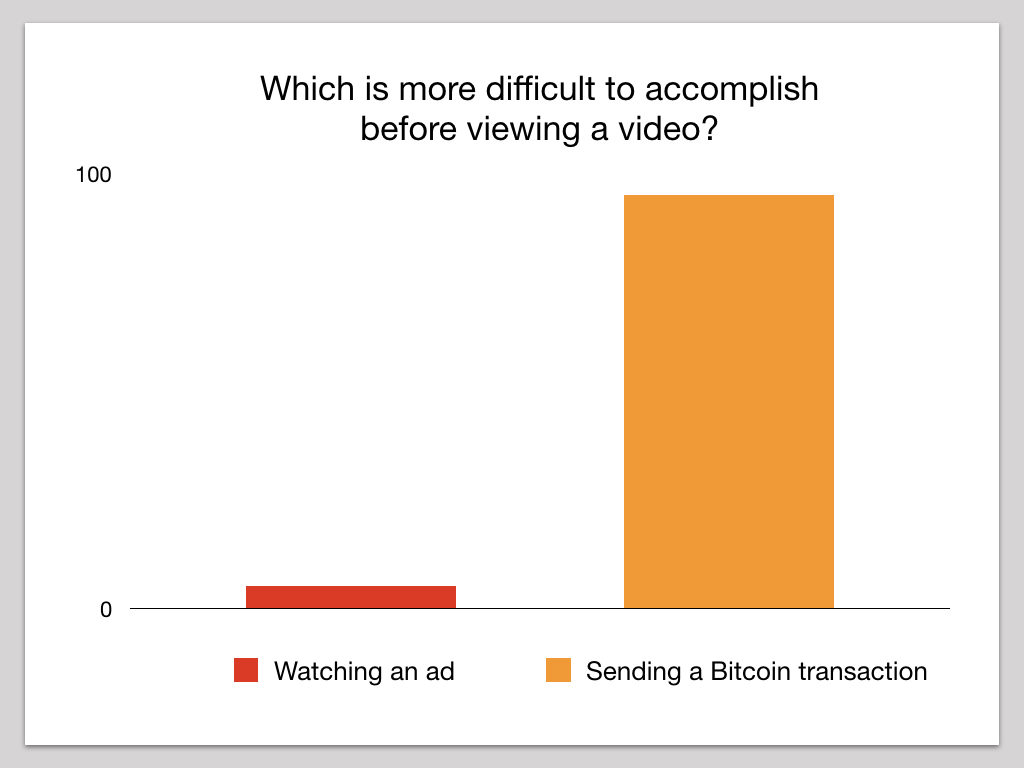
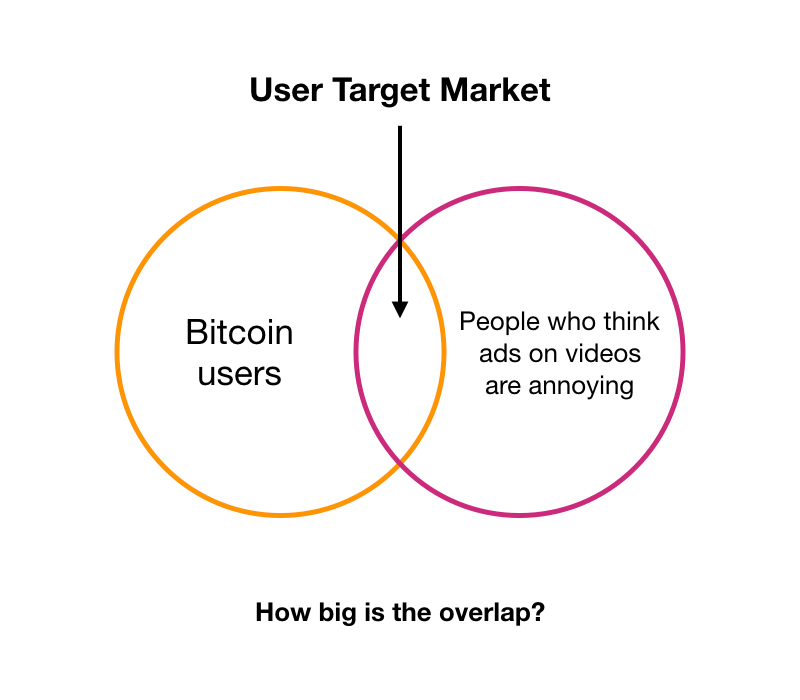
We didn’t have enough data to answer this question. I believe the plan was to leverage the overlap which was the target market turning them into brand ambassadors and also hope that interest in cryptocurrency would synergies with a movement against YouTube’s perceived onerous policies.
Though I gave this project my all with design, ultimately the reality is that competing in this market is difficult enough without introducing another layer of complexity with cryptocurrencies.
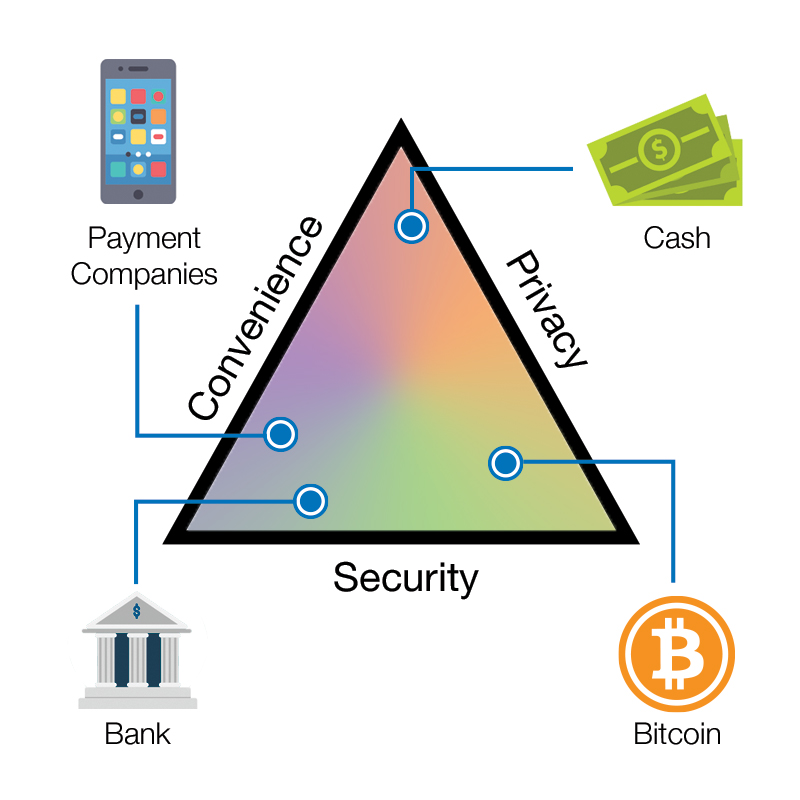
It’s not that convenient … yet
I truly believe cryptocurrency and Bitcoin is the future, and I am dedicated to helping design solutions for better UX for average consumers who are not tech savvy power users.

